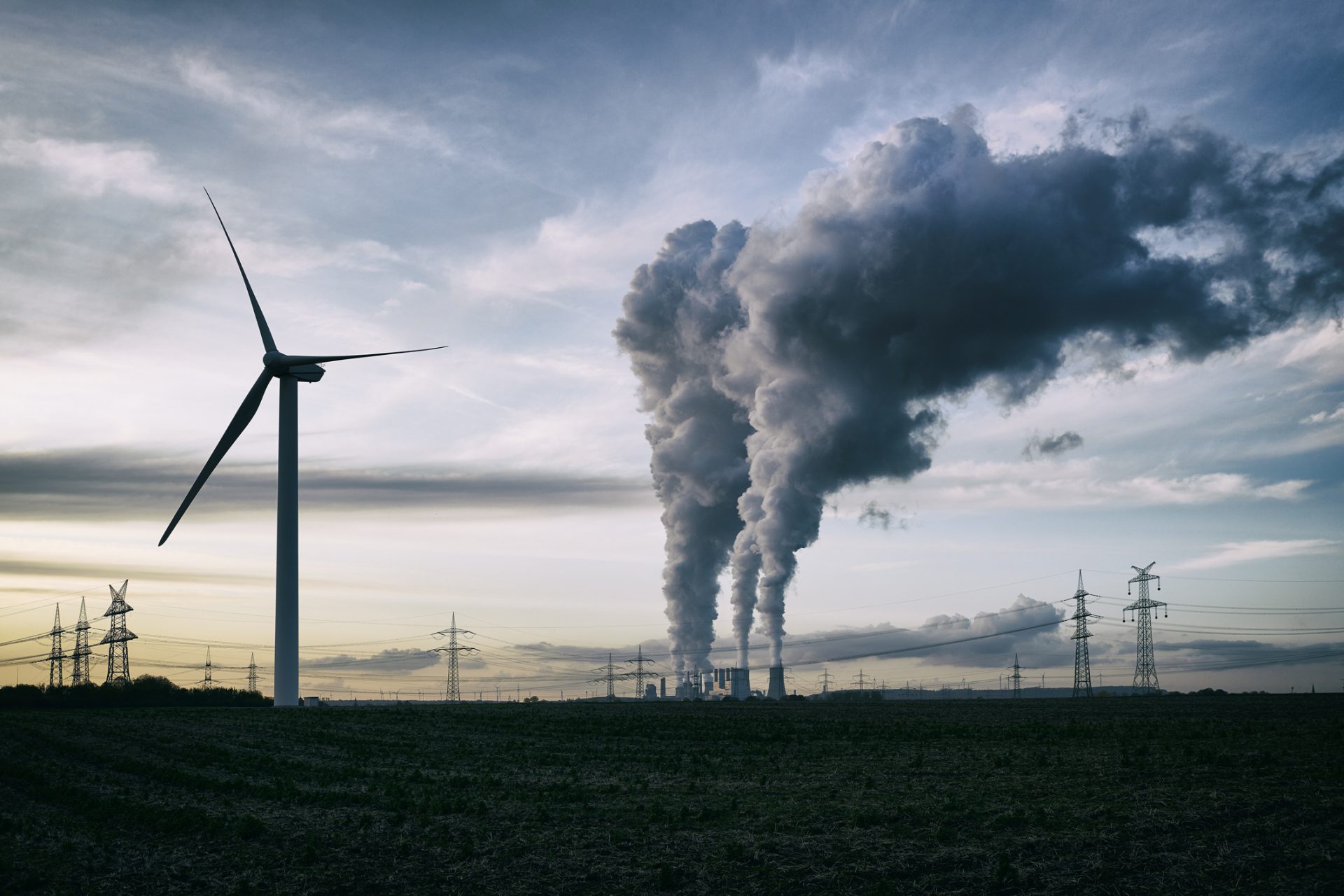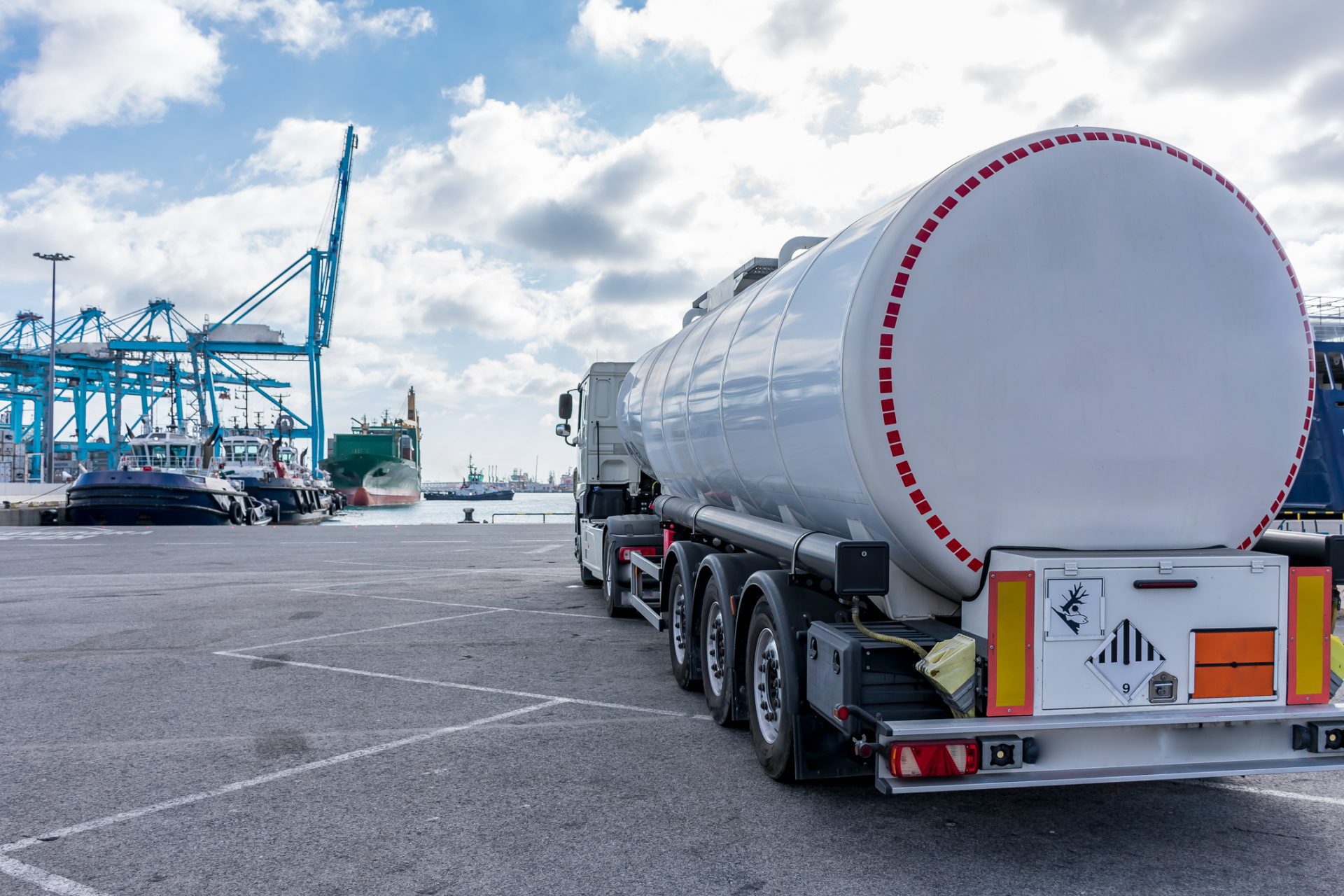
Regulatory content
EH&S: Environment
Our environmental legislation in C2P is a collection of many laws and regulations protecting the environment from harmful actions.
EH&S: Environment
Custom
Countries Covered
5,541
Sources in C2P
Content Overview
Our EH&S: Environment topic focuses on environmental laws and regulations aimed at reducing the impact of facilities on the physical environment like soil, climate, water supply and public health. Specific facility related requirements are usually recorded in an environmental permit.
Legislation imposes obligations on:
- Air emissions (pollutants/noise/odor/dust/light/radiation) other than greenhouse gas emissions
- Waste management (solid and hazardous waste; prevention, storage, transport, treatment)
- Water use and discharge from facilities (including in sewage/effluent/stormwater and spills)
- Treatment of wastewater by facilities before discharging wastewater in the sewage
- Soil pollution (spill prevention and control only)
- Hazardous material management (storage and handling)
- Energy management (energy use and efficiency)
- Emergency preparedness (prevention of and response to accidental release of chemicals/liquids/waste
- Food waste (when staff canteens are provided in offices and facilities)
Facilities we focus on are product manufacturing facilities (e.g. electronics). We also cover offices (including their restaurants and cafeteria), R&D laboratories, small and medium-sized combustion plants.
Subtopics of EH&S (Environment) include:
- Air including emissions, light, noise, odor, and radiation pollution
- Chemicals in EH&S: Environment
- Electromagnetic Fields (EMF)
- Energy including its use, energy efficiency (of buildings/production processes), and renewable energy
- General-Emergency Preparedness & Response, Environmental Crime, Environmental Management Systems (EMS), Nature Protection, Spatial Planning, and Development
- Phytosanitation
- Pollution including soil pollution
- Waste including food and hazardous waste
- Water including its use, discharge, management, and pollution
Coverage Included
Our regulatory content in C2P is historically comprehensive with a robust QA process to ensure quality, consistency and accuracy. Below is a high level summary of our coverage for this topic:
- Amsterdam (Netherlands): 2025 Waste Tax and Industrial Cleaning Duty Ordinance, December 2024
- Canada: Environmental Protection Act, c. 33, 1999
- Canada: Environmentally Sound Management of Chemical Substances in the Chemicals, Plastics and Rubber Sectors, Code of Practice, February 2024
- Canada: Designation of Certain Excluded Classes of Projects from Environmental Impact Assessment, Order SOR/2025-60
- China: Ecological and Environmental Code, Draft Code, April 2025
- Denmark: Environmental Requirements for Medium-sized Combustion Plants, Executive Order No. 1408, 2023
- Denmark: Energy Labelling of Buildings, Order No. 549, 2023
- EU: Industrial Emissions Directive (IED) 2010/75/EU
- EU: Industrial Emissions Directive (IED) 2010/75/EU and Other – Amendment – (on emission limits, planning and operator conformity) Directive (EU) 2024/1785
- EU: Protection of the Environment through Criminal Law, Directive (EU) 2024/1203
- EU: Energy Efficiency, Directive (EU) 2023/1791
- EU: Waste Directive, 2008/98/EC
- EU: European Sustainability Reporting Standard (ESRS) E2 Pollution, Standard, July 2023
- EU: European Sustainability Reporting Standard (ESRS) E2 Pollution, Standard, July 2023 – Proposed Amendment – (on simplification and reduction of data points) Draft Standard, July 2025
- France: Analysis of PFAS in Aqueous Discharges from Installations Classified for Environmental Protection, Guidance Document, February 2024
- France: Per- and Polyfluoroalkyl Substances (PFAS) Restrictions, Law No. 2025-188
- France: National Trajectory for the Progressive Reduction of PFAS in Industrial Aqueous Discharges, Decree No. 2025-958
- France: Approving the List of Industrial Sites for the Accelerated Connection of Renewable Energy Installations to the Public Electricity Transmission Network, Decree No. 2024-281
- France: Accelerating the Production of Renewable Energy, Law No. 2023-175
- Italy: Promotion of the Use of Energy from Renewable Sources, Decree, August 2024
- New York (USA): PFAS Discharge Disclosure Act, Senate Bill 227B, January 2023
- Spain: Air Quality, Decree 34/2023
- USA: National Strategy to Prevent Plastic Pollution, Plan, EPA 530-R-24-006, November 2024
- USA: Clean Air Act including Amendments (CAAA), 42 U.S.C. Section 7401 et seq., 1990
- New York (USA): PFAS Discharge Disclosure Act, Senate Bill 4574B, February 2025
- China: Environmental Protection Law, 2014
- China: Emission Standard of Air Pollutants for Refractory Industry, Draft Standard, February 2025
- Portugal: Setting Targets for the Integration of Energy from Renewable Sources, Decree-Law No. 85, 2025
- Russian Federation: Approving Criteria for Classification of Industrial Activities Having a Negative Impact on the Environment, Resolution No. 1029/2015
- Russian Federation: Requirements for Automatic Means of Measuring and Recording Pollutant Emissions and Discharges, Resolution No. 778, 2025
- Spain: Regulating Heating and Cooling Networks and Thermal Origin Guarantees, Draft Royal Decree, August 2025
- UK: Environmental Targets (Fine Particulate Matter) (England) Regulations, SI No. 2023/96
- UK: Pollution Prevention for Businesses, Guidance Document, Revision, May 2023
- Ontario (Canada): Spill Prevention and Contingency Plans under the Environmental Protection Act, Regulation, O. Reg. 224/07, 2007
- Taiwan: Wastewater Effluent Discharge Standards, 2019
- Thailand: Controlling Wastewater from Buildings, Announcement, B.E. 2567, 2024
- Thailand: Management of Waste or Unused Materials, Announcement, B.E. 2566, 2023
- Turkey: Industrial Emissions Management, Regulation, January 2025
- Vietnam: Water Resources Management and Licensing, Decree No. 02/2023/ND-CP
- Vietnam: Water Resources, Law No.28/2023/QH15
- Washington (USA): Air Quality Fees, Rule, WAC 173-455, 2023
We DO NOT currently cover the following sectors or facilities for EH&S Environment:
- Building/construction
- Data centers
- Healthcare and other essential businesses (incl infectious waste)
- Mining & oil/gas industry
- Biomass for production of renewable energy
- Biofuels
- Renewable energy produced from waste incineration
- Tax incentives and energy bonuses for residential buildings
- Approval for testing new renewable energy technologies
- Government departments
- Agriculture and forestry
- Heavy Industry
- Transport Sector
- Shipping industry (e.g. pollution caused by discharged ballast water, anti-fouling systems etc)
- General Spatial Planning and Development Policies
- Energy Sector
- Electricity generation power plants (except small and medium sized combustion plants < 50 MW in EU, EEA and UK)
- Stationary electrical generating units (all kinds of power plants)
- Explosives
- Household waste
- Greenhouse gas emissions (GHG emissions fall under our Climate Change content)
- Ionizing radiation (except EURATOM Directives and their implementation)
- Radioactive substances/wastes (except EURATOM Directives and their implementation)
- Chemical production sector
- Nature protection and conservation
- Contaminated site remediation (remediation of water, soil, etc.)
- Landfill operations and licensing (except taxes and levies)
- Waste treatment facilities (e.g collectors, recyclers, incinerators)
- Licensing and requirements for wastewater treatment plants in general (public, semi-public or private) [other than wastewater treatment systems that are installed in-house in factories to treat wastewater before it is discharged in the sewage]
- Food production industry
- Obligations of manufacturers to manage wastes from products
- Medical and veterinary wastes
- Wastes from soil and aggregates
- Nuclear sector
- Military sectors
- Paper industry
- Genetically modified organisms
- Hospitality, sports, events sector and nightlife, including cultural venues and cinemas

Learn more about our Regulatory Coverage
Speak to one of our team today for more information on our regulatory content.




